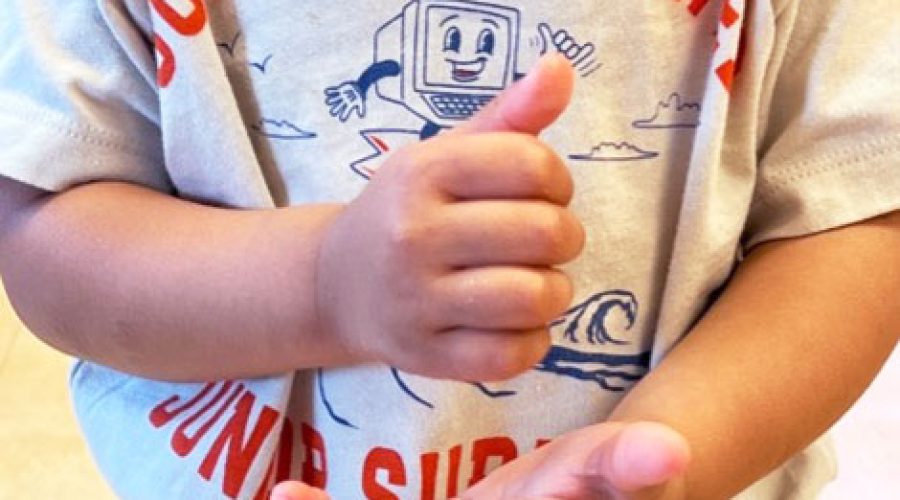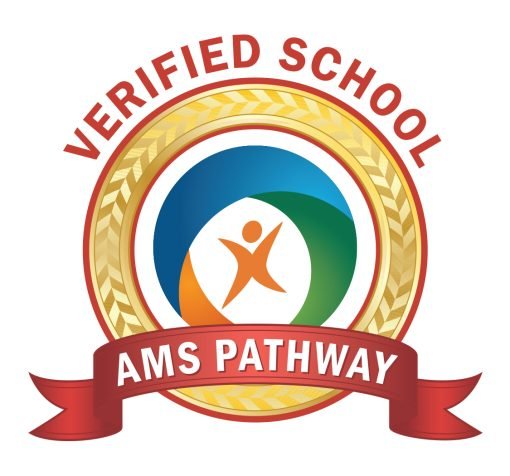Many parents can relate to the frustration of trying to understand the exact needs of their child. Whether it’s a cry out of hunger or a tantrum for a toy, parents often feel restricted until their child learns to speak.
The answer to this is simple: sign language.
It is visual communication using hand gestures or signs. There are several advantages to teaching sign language, especially for developing children who lack spoken communication abilities to express their needs and feelings.
Benefits of Sign Language
Practical benefits: Often, young children get frustrated and cry when adults have difficulty understanding them. Using hand gestures and sign scan help ease frustration and close the gap between the desire to communicate and the ability to do so.
Emotional benefits: Using sign language early on creates a stronger and closer parent-child bond. You will always remember that special moment when your child signs and his or her face lights up because they realize you finally understand.
Cognitive benefits: Sign language also adds a visual component to language, which can help in understanding. It is a stepping stone toward verbal communication
How to start
We know that teaching sign language may seem like a daunting task. Simply start by teaching your toddler a few signs that are meaningful to both you and your child. Eat, drink, water, milk, more, please, hungry, tired, bathroom, hurt and thank you are some simple gestures to teach as a starting point.
There are many free YouTube videos and websites to help you get started:
Be consistent
Repetition and consistency are key if you want to use sign language as a communication tool.
Every time you use a word, sign it as well. This will help your child associate the sign with the spoken word.
Sign language is a huge step forward in the child’s ability to communicate verbally. We use sign language with our children at MHFC and believe that the practice of teaching children sign language will grow in popularity due to its many benefits.
About the author
Glenda holds a bachelor’s degree in anesthesiology, earned while in her home country of El Salvador. In 2013, she joined the MHFCS family as a Montessori Toddler Guide. She loves working with toddler-aged children.




